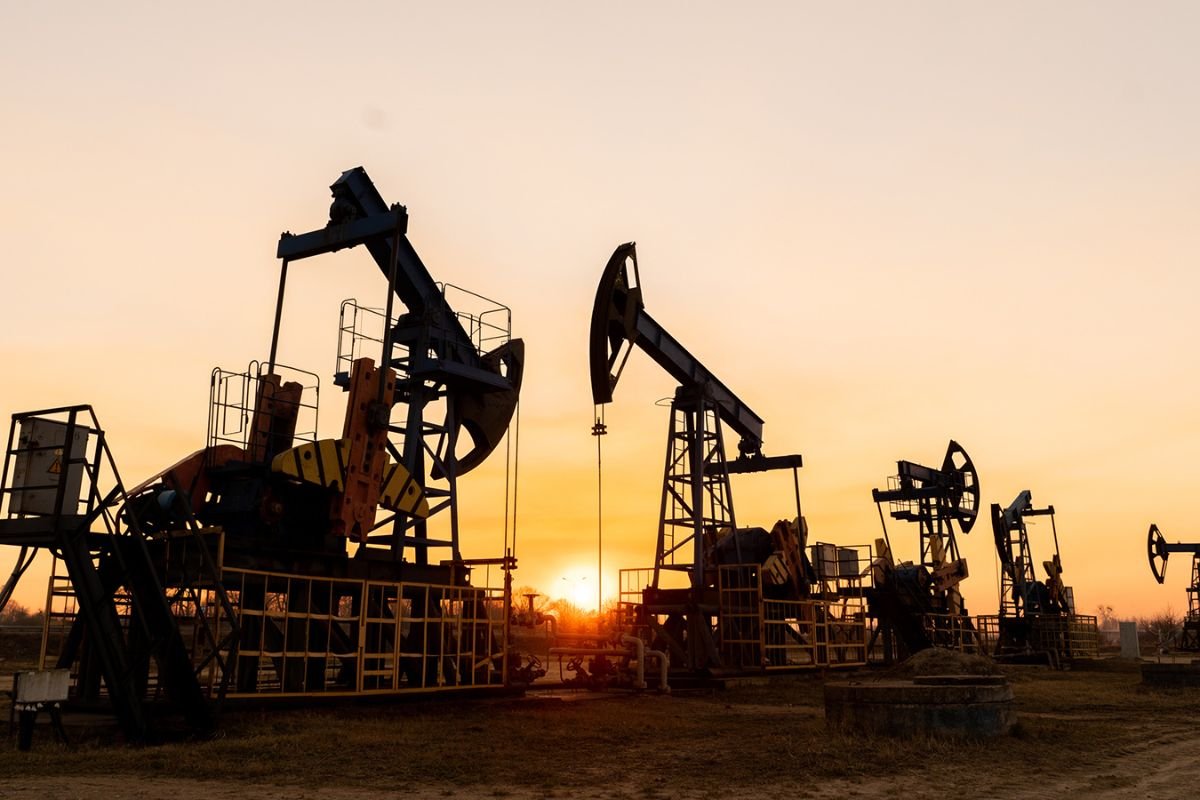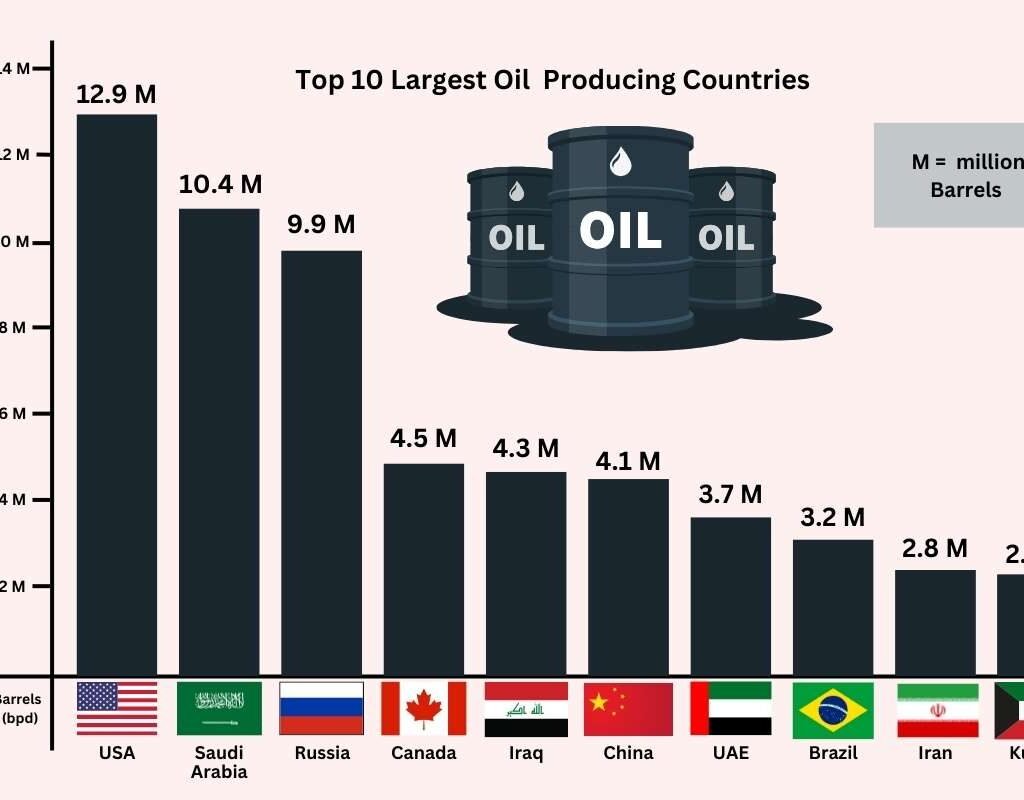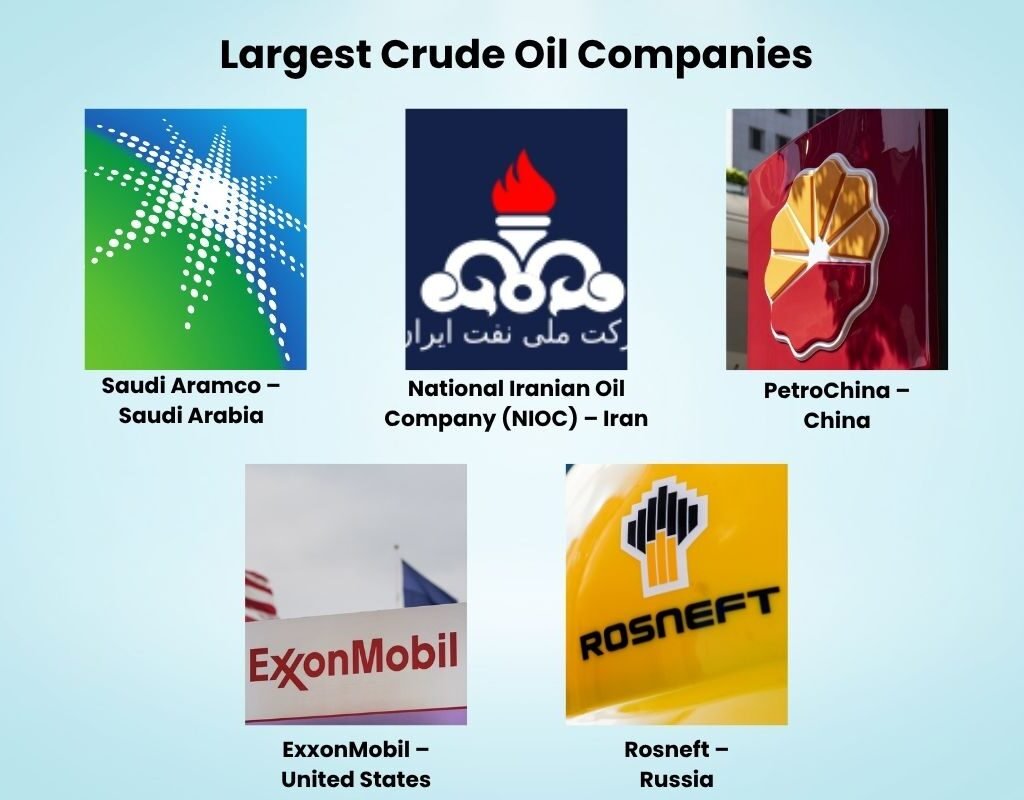Despite the growth of other renewable energy sources, oil serves as the leading energy source and continues to be the most important commodity impacting our global economies, industries, transportation, and technologies. While advances in other renewable energy sources are growing, petroleum represents the dominant source of energy on the planet. Countries with the largest oil reserves have an inordinate amount of control and overall power over energy markets, energy prices, the trade policies of nations globally, and the political and geopolitical stability of nations.
In this article, we will explore the countries that hold the most oil reserves, what reserves mean, and how these reserves impact national economies and international relations.
Understanding Oil Reserves
Oil reserves refer to the estimated amount of crude oil that can be technically and economically extracted under current market conditions. They are typically classified into:
- Proven reserves – Oil that is confirmed to be recoverable with existing technology.
- Probable reserves – Oil that is likely recoverable, though less certain.
- Possible reserves – Oil that might be recoverable under favorable conditions.
Proven reserves are the most widely used benchmark when ranking countries. These figures are constantly updated as new oil fields are discovered or existing fields are reevaluated using advanced technology.
Why Oil Reserves Matter?
Countries with substantial reserves enjoy several advantages:
- Economic Stability – Oil exports generate significant revenue, funding infrastructure, education, and healthcare.
- Global Influence – Large reserves provide bargaining power in trade negotiations and international politics.
- Energy Security – Domestic oil reduces dependency on imports.
- Investment Attraction – Energy-rich nations often attract foreign direct investment in extraction, refining, and related industries.
However, dependence on oil can also pose challenges, such as economic vulnerability to price fluctuations and slow diversification into other industries.
Top Countries with the Largest Oil Reserves
Let’s look at the leading players based on proven reserves data compiled by major energy organizations such as OPEC and the U.S. Energy Information Administration.
1. Venezuela

- Proven Reserves: Over 300 billion barrels
Venezuela holds the world’s largest oil reserves, primarily located in the Orinoco Belt. Despite its vast resources, the country faces economic and political instability that has hindered production. Sanctions, outdated infrastructure, and mismanagement have drastically reduced output, but the potential remains unmatched.
2. Saudi Arabia
- Proven Reserves: Around 267 billion barrels
Saudi Arabia is one of the most influential members of OPEC and a leader in global oil exports. It’s Ghawar Field, the largest conventional oil field in the world, has been a cornerstone of the nation’s wealth. The country’s Vision 2030 aims to diversify its economy, but oil remains the backbone.
3. Canada
- Proven Reserves: About 170 billion barrels
Most of Canada’s oil is found in Alberta’s oil sands. While extraction from oil sands is more expensive and environmentally challenging, Canada’s stable political climate and advanced technology make it a reliable energy supplier, especially to the United States.
4. Iran
- Proven Reserves: Over 150 billion barrels
Iran boasts abundant reserves and is a key player in the Middle East. Political tensions and sanctions have limited its export capacity, but its oil remains critical for regional and global markets.
5. Iraq
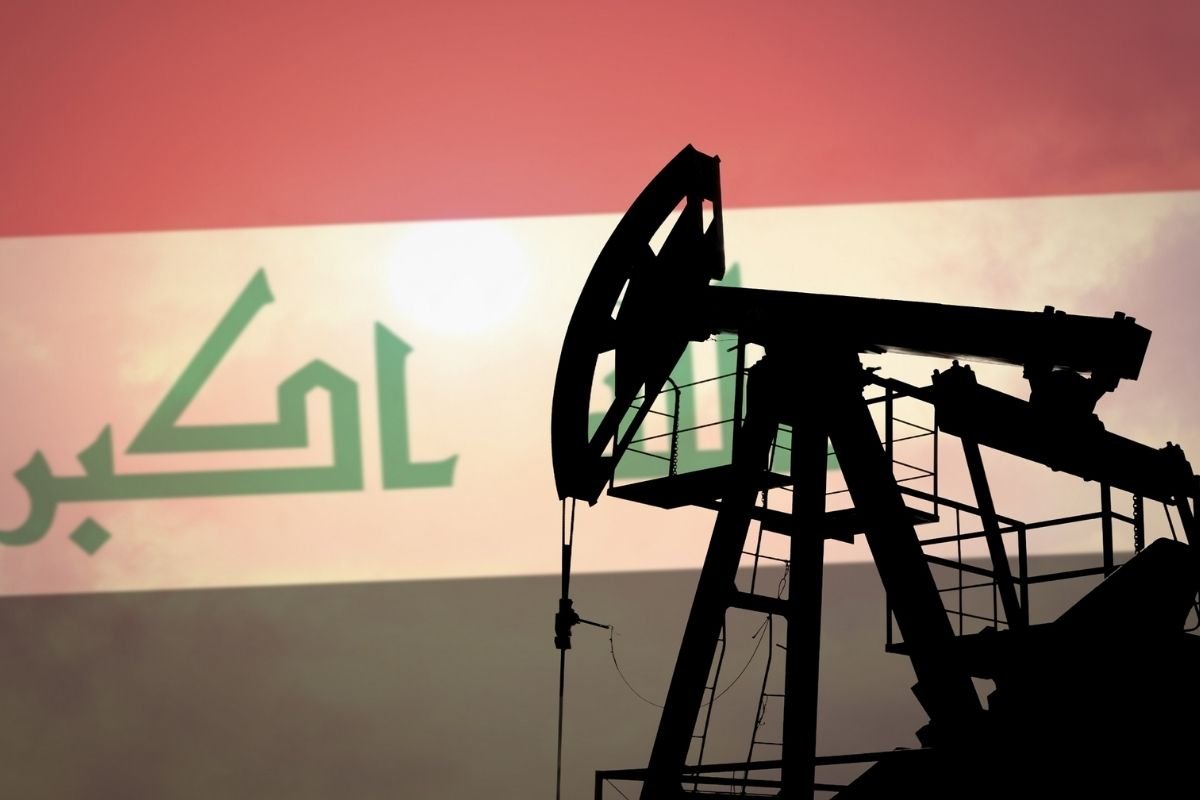
- Proven Reserves: Approximately 145 billion barrels
Iraq’s reserves are concentrated in the south and north of the country. Despite decades of conflict, it has maintained a steady flow of exports, making it one of the top suppliers to Asian markets.
6. Russia
- Proven Reserves: Around 107 billion barrels
Russia is both a major oil producer and exporter. Its reserves are located in Western Siberia, Eastern Siberia, and the Arctic region. Energy exports are a significant driver of Russia’s economy and geopolitical strategies.
7. Kuwait
- Proven Reserves: Around 101 billion barrels
Kuwait’s Burgan Field is one of the largest in the world. The nation has a relatively small population, which allows oil revenue to significantly boost national wealth and social welfare programs.
8. United Arab Emirates (UAE)
- Proven Reserves: About 98 billion barrels
The UAE has diversified its economy into tourism and finance, but oil from Abu Dhabi remains vital. Investments in technology are improving extraction efficiency.
9. United States
- Proven Reserves: Around 69 billion barrels
The U.S. is not just a top reserve holder but also the largest oil producer thanks to shale oil. Advances in hydraulic fracturing and drilling have revolutionized its energy sector.
10. Libya
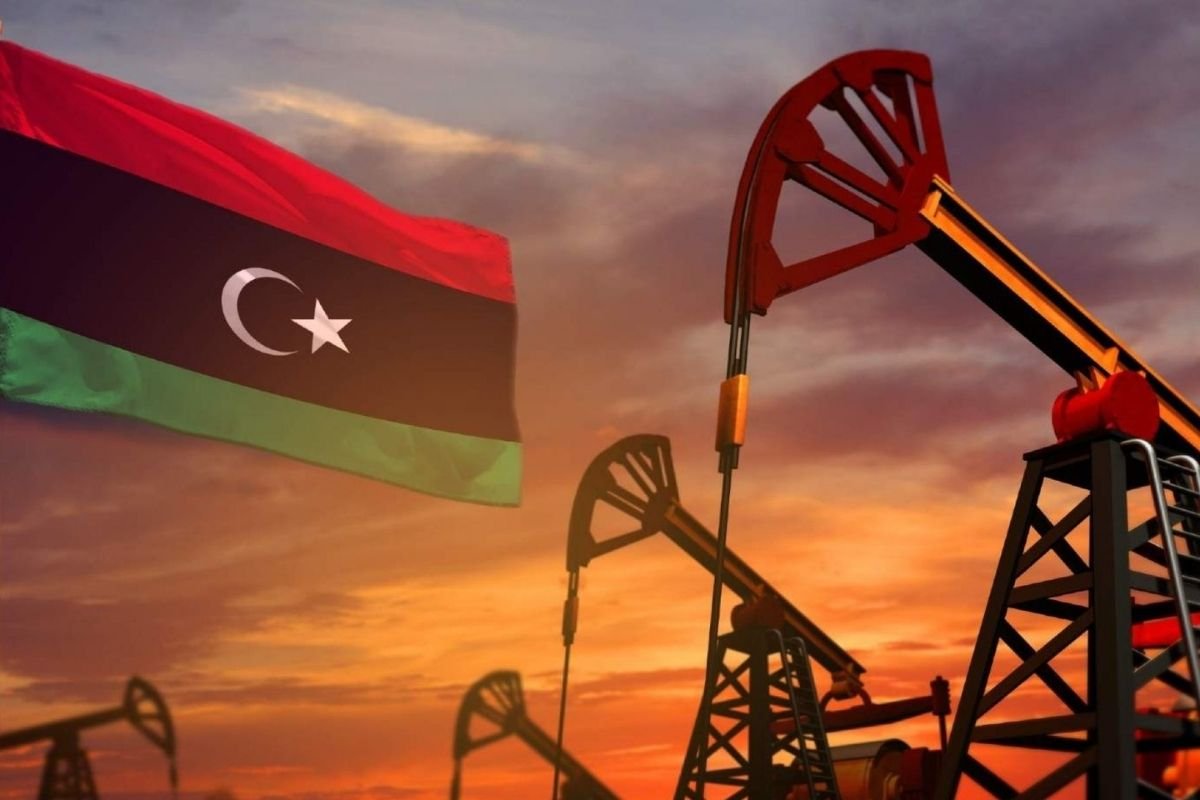
- Proven Reserves: Approximately 48 billion barrels
Despite political unrest, Libya remains Africa’s largest oil reserve holder. Its high-quality, low-sulfur crude is in demand globally.
The Role of OPEC
Many of the countries with the largest oil reserves are members of the Organization of the Petroleum Exporting Countries (OPEC). Founded in 1960, OPEC coordinates oil production policies among members to stabilize prices and ensure a steady supply. By adjusting output, OPEC can influence global oil prices, affecting everything from fuel costs to inflation rates.
Challenges Facing Oil-Rich Nations
While abundant reserves offer opportunities, they also bring challenges:
- Price Volatility – Fluctuating oil prices can destabilize economies reliant on petroleum revenues.
- Environmental Concerns – Extraction and consumption contribute to greenhouse gas emissions.
- Political Risks – Resource wealth can lead to internal corruption or external interference.
- Transition to Renewables – Global efforts to combat climate change are pushing for reduced fossil fuel dependence.
Nations are increasingly investing in renewable energy, diversifying their economies to prepare for a post-oil future.
Future Outlook
The countries with the largest oil reserves will continue to play a major role in shaping global energy markets for decades. Technological innovations such as enhanced oil recovery and offshore drilling are making previously inaccessible reserves viable. However, the energy transition toward renewables will gradually reshape demand.
Experts predict that oil will remain a critical energy source at least until mid-century, especially in developing economies where industrialization is accelerating. Strategic management of reserves, investment in clean energy, and political stability will determine how these nations maintain their influence.
Conclusion
Countries with the largest oil reserves hold a distinct, privileged position in the world economy, from Venezuela’s Orinoco Belt to Saudi Arabia’s Ghawar Field. Oil supplies feed every type of industry, power every type of transport, and feeds nation-state interests and relationships around the world. While these countries presently enjoy these benefits, they must also reconcile them with the inevitability of a worldwide shift to cleaner forms of energy.
With the increasing climate impacts the world faces, how countries evolve their energy consumption patterns, and their capacity to adjust their strategies taking into account their oil wealth relative to the future, will truly cement how countries balance the current situation and what value they might have in the future for the global energy landscape.
Thanks for reading,
see next
“Who’s on Top? The 25 Largest Companies by Market Cap in 2025“

